Patents
The Human Relationship Simulator
This post seemed appropriate for Valentine's Day, since it's about an engineer's attempt to use machine logic to improve the "ambiguities of the woman/man relationship".James F. Hollander was a patent attorney with a degree in electrical engineering. In the late 1970s he invented and patented what he called the "Human Relationship Simulator". It consisted of a box with various dials.
Even after reading his patent, and an article about his invention, I'm not exactly sure how the thing operated. From what I can gather, if a couple were having an argument, or needed to make a decision (such as where to go for dinner), they could both adjust dials on the Simulator, and it would give them an answer. And measure the intensity of their feelings.

Here's more info from a 1977 article in the Asbury Park Press:
Each subject uses dials that represent four areas — compliance with society, attention to own desire, social pressure and personal inclination. The personal inclination and social pressure gauges are intricately detailed to show adamant 'yes' or 'no' responses, or degrees such as strong preference, or very much or some.
Attention to desire is measured in readings of low, medium and high, as is compliance with society.
As the subjects feed this information into the panels, other gauges measure tension, feelings, guilt or pride, emotional independence, like and dislike, and influence, based on each decision.
The machine does the thinking, lights a decision of 'yes' or 'no' and tells the subjects their emotional responses....
In a marriage situation, Hollander said the device could show the individuals why something is going wrong in the relationship if arguments are portrayed and feelings defined.
"I wanted to pick out the ambiguities of the woman/man relationship," he pointed out.

Asbury Park Press - Aug 29, 1977
If that doesn't seem entirely clear, then here's a sample from Hollander's patent:
Posted By: Alex - Sun Feb 14, 2021 -
Comments (0)
Category: Technology, Patents, Psychology, Marriage, 1970s, Love & Romance
Bathing Poncho
The bathing poncho, invented by Timothy and Brenda Reardon, allows someone to shower while clothed. From the patent:In institutions such as hospitals, nursing homes, college dormitories, gyms, and the like, the bathing or showering facilities often lack the privacy to which one is accustomed to at home. Thus, becoming unclad to take a shower or a bath can be somewhat of an unpleasant and embarrassing experience. A covering that would preserve one's dignity by minimizing exposure while also insuring a thorough cleansing would certainly be a welcome addition in the marketplace.
I can appreciate the problem this addresses, but I wouldn't want to be the kid who shows up in the locker room shower wearing one of these.
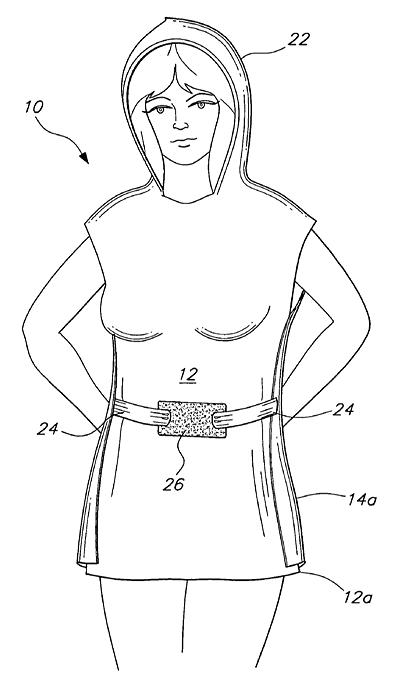
Posted By: Alex - Sun Feb 07, 2021 -
Comments (3)
Category: Fashion, Hygiene, Baths, Showers and Other Cleansing Methods, Inventions, Patents
The Banana Bat
In the late nineteenth century, Emile Kinst decided that the game of baseball was too easy, so to make it more challenging he invented a curved bat which came to be known as the "banana bat". Obviously his invention never caught on. But Kinst made several hundred of these bats, and the few that are still around are quite valuable. The one shown below sold for $2880.
image source: goldin auctions
Bats have been the subject of brain cogitations by ambitious inventors. Some years ago the players became familiar with what was called the flat bat. This was never patented, but it showed the inventive genius of some player. This bat was made by shaving one of the round bats with a knife until a part of the bat near the end was flat. The object of this was to give the player a chance to bunt the ball by catching it a short clip...
There was another bat invented, however, and the man who originated it had such faith in his idea that he had it patented in 1890. This bat had a curve in it and was something like a lacrosse stick. According to the theory of the inventor, Emile Kinst, when the ball was struck by a certain portion of the bat, in addition to the regular flight produced by the blow the ball would receive a rotary motion more or less violent. The result was supposed to be a ball not only difficult to handle by the fielder if it were to come straight at him, but also hard to hold if it were a fly and he got under it, because of the spinning produced by the bat.
It was also designed to produce the effect of a bunt, but in a better way, for the inventor claimed his bat would cause the ball to land near the batter and stay there under certain conditions. With these results Mr. Kinst claimed that it would make the game more difficult to play, and therefore more interesting and exciting. But his hopes were not realized, for the bat never got the official sanction of the league.
Posted By: Alex - Thu Feb 04, 2021 -
Comments (1)
Category: Sports, Patents, Nineteenth Century, Bananas
The Pyrophone
The pyrophone or "flame organ" is a musical instrument "in which musical sounds are produced by the vibration of flames of hydrogen gas with glass or other tubes." It was invented in 1871 by Frederic Kastner, who was only nineteen at the time.One of these would look way cooler than a piano in the living room.
More info: Nature's 1882 obit of Kastner, his 1875 patent for the pyrophone
Posted By: Alex - Mon Feb 01, 2021 -
Comments (4)
Category: Music, Patents, Nineteenth Century
Toy Gas Fired Missile
A toy gun that uses fart gas to "fire a toy missile into space" was patented by Michael Zanakis in 2000: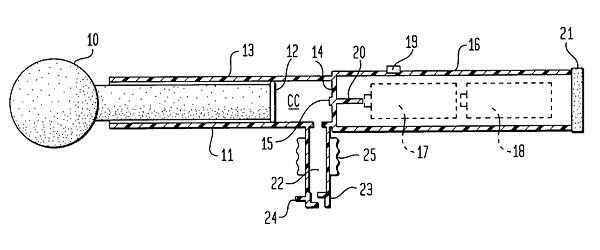
Zanakis argued that his toy wasn't just amusing but also offered safety benefits, because using it was safer than lighting your farts on fire:
A major drawback of this popular practice is that it usually involves the hazardous coupling of fire, combustible gases and inebriated participants. Reports of serious burns to body parts are not uncommon, this being especially true when the participants remove their clothing...
In view of the foregoing, the main object of this invention is to provide a safe toy which exploits the combustible properties of flatus to fire a toy missile into space.
Posted By: Alex - Sat Jan 30, 2021 -
Comments (2)
Category: Toys, Patents, Flatulence
Whistling Accelerators
Accelerators have inspired a number of weird inventions. For example, a few years ago we posted about the "Deaccelerator" which was a device that aimed to prevent speeding by making it harder to depress the pedal in your car once you reached a pre-set speed (usually 50 mph).We've also posted about an effort to replace the accelerator with a pedal. The faster the driver pedaled, the faster the car would go. This was designed to give drivers some exercise as they commuted to work.
And yet another odd accelerator invention is the whistling accelerator. The idea is that if the accelerator is depressed too rapidly it will produce an annoying whistle. This will remind the driver not to accelerate too quickly, thereby saving gas.
The idea for a noise-making accelerator goes back to a 1958 patent granted to Philip Kershman of Los Angeles. He had rigged up an accelerator so that it would ring a bell if depressed too quickly.
Eighteen years later, in 1976, Henry Merriman of Michigan simplified this idea by replacing the bell with a whistle. He basically took a squeeze toy and attached it to the underside of the accelerator.
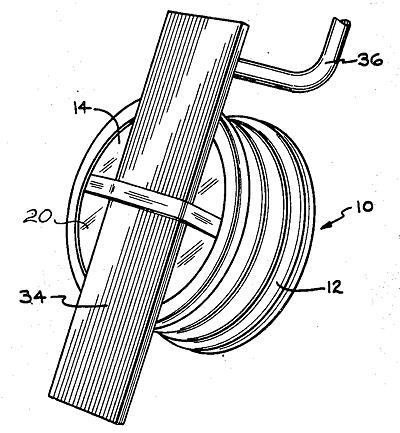
Merriman's squawking accelerator

St. Joseph News-Press/Gazette - Apr 30, 1975
Another whistling accelerator was patented in 2012. Its design was more sophisticated, but it was overall the same idea — accelerate too quickly and the thing starts whistling. The patentees described it as a "vehicle fuel efficiency monitor and signalling device".
Personally, I'm content to drive without any bells or whistles attached to the accelerator.
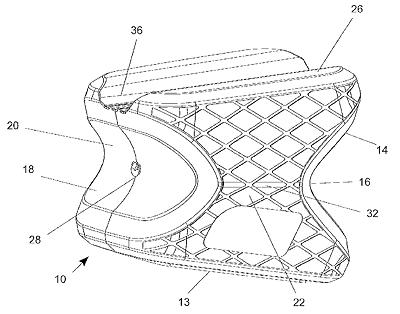
Posted By: Alex - Wed Jan 20, 2021 -
Comments (0)
Category: Inventions, Patents, Cars, Cacophony, Dissonance, White Noise and Other Sonic Assaults
The Balance Watch
In 2005, John Paul Castro of Santa Monica, CA was granted a patent (No. 6,840,665) for what he called the "Balance Watch". From his patent: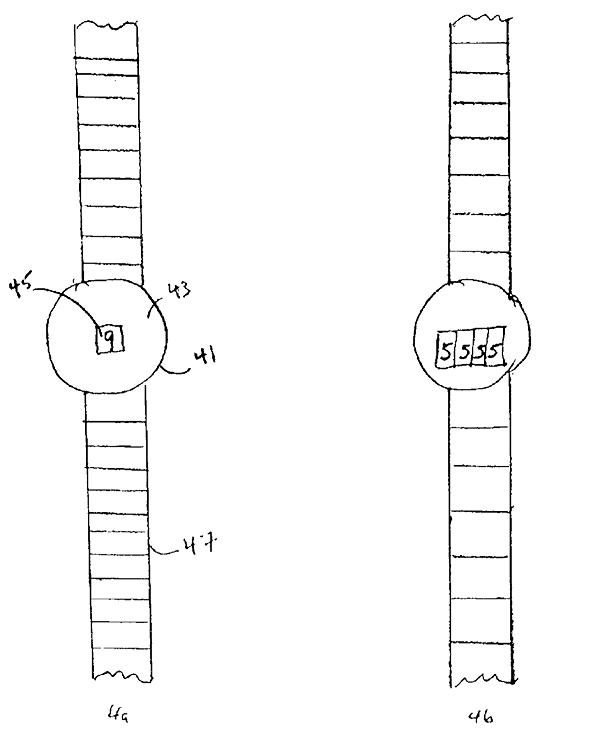
Based on the quality of the artwork in his patent, it's apparent he chose not to splurge and hire a professional illustrator.
As far as I know, the balance watch never made it to market. But it would seem easy enough to make your own. Get two identical watches. Remove the minute hand from one, and the hour hand from the other. Then wear them simultaneously on opposite wrists.
Posted By: Alex - Sun Jan 17, 2021 -
Comments (3)
Category: Fashion, Inventions, Patents, Technology
Cheese-Filtered Cigarettes
We've previously posted about "cheese candy", which was the invention of Wisconsin lumberman Stuart Stebbings. Another of his inventions was cheese-filtered cigarettes. He was, apparently, a man driven to find new uses for cheese.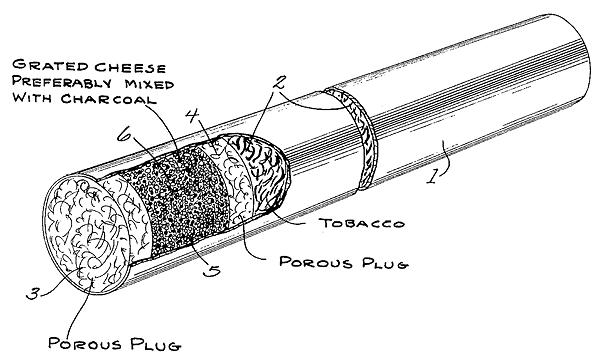
Lab tests demonstrated that a cheese filter could remove 90 percent of the tar in cigarettes. A hard cheese worked best, such as Parmesan, Romano, or Swiss. Although an aged cheddar could also be used. Or even a blend of cheeses.
In 1966, Stebbings was granted Patent No. 3,234,948. But as far as I know, his cheese-filtered cigarettes never made it to market.
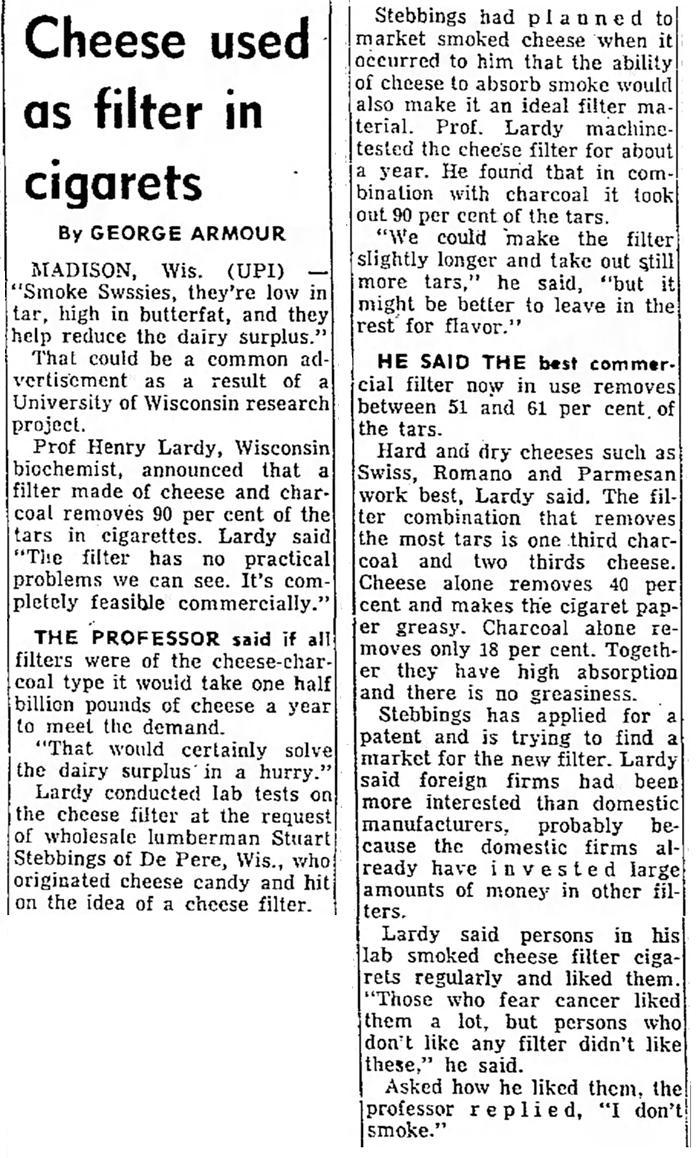
Mason City Globe-Gazette - Feb 8, 1960
Posted By: Alex - Sun Jan 03, 2021 -
Comments (3)
Category: Food, Inventions, Patents, Smoking and Tobacco, 1960s
Nativity with Santa and Rudolph
In 2009, Marion Davis of Randallstown, Maryland got a design patent for this "Nativity scene decoration including Santa Claus and Rudolph".But why stop with Santa and Rudolph? She could have added Frosty the Snowman and the Coca-Cola polar bears for even more holiday cheer.
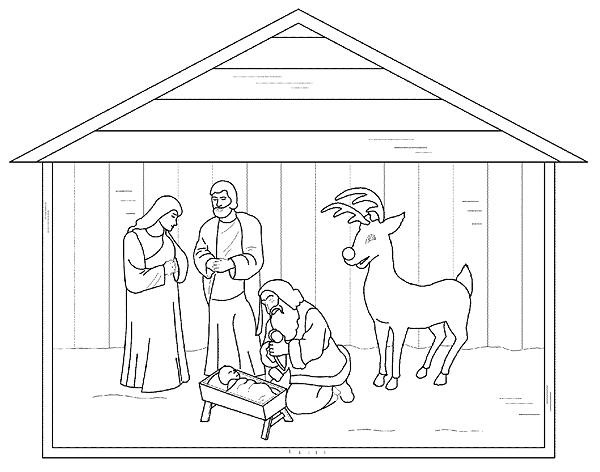
Posted By: Alex - Thu Dec 24, 2020 -
Comments (2)
Category: Patents, Christmas
An apparatus for holding eyelids open
Alexander Barash of Illinois was recently granted a patent for an "apparatus for opening and holding eyelids open" (Patent No. 10842477).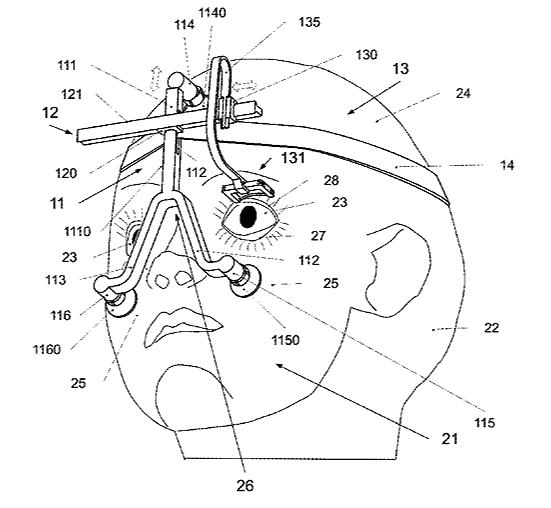
I guess that A Clockwork Orange didn't count as prior art.
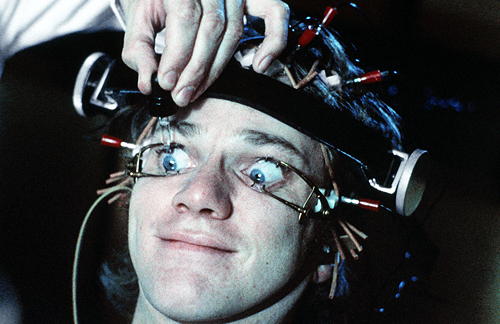
Posted By: Alex - Sat Dec 12, 2020 -
Comments (2)
Category: Inventions, Patents, Eyes and Vision

| Who We Are |
|---|
| Alex Boese Alex is the creator and curator of the Museum of Hoaxes. He's also the author of various weird, non-fiction, science-themed books such as Elephants on Acid and Psychedelic Apes. Paul Di Filippo Paul has been paid to put weird ideas into fictional form for over thirty years, in his career as a noted science fiction writer. He has recently begun blogging on many curious topics with three fellow writers at The Inferior 4+1. Contact Us |




